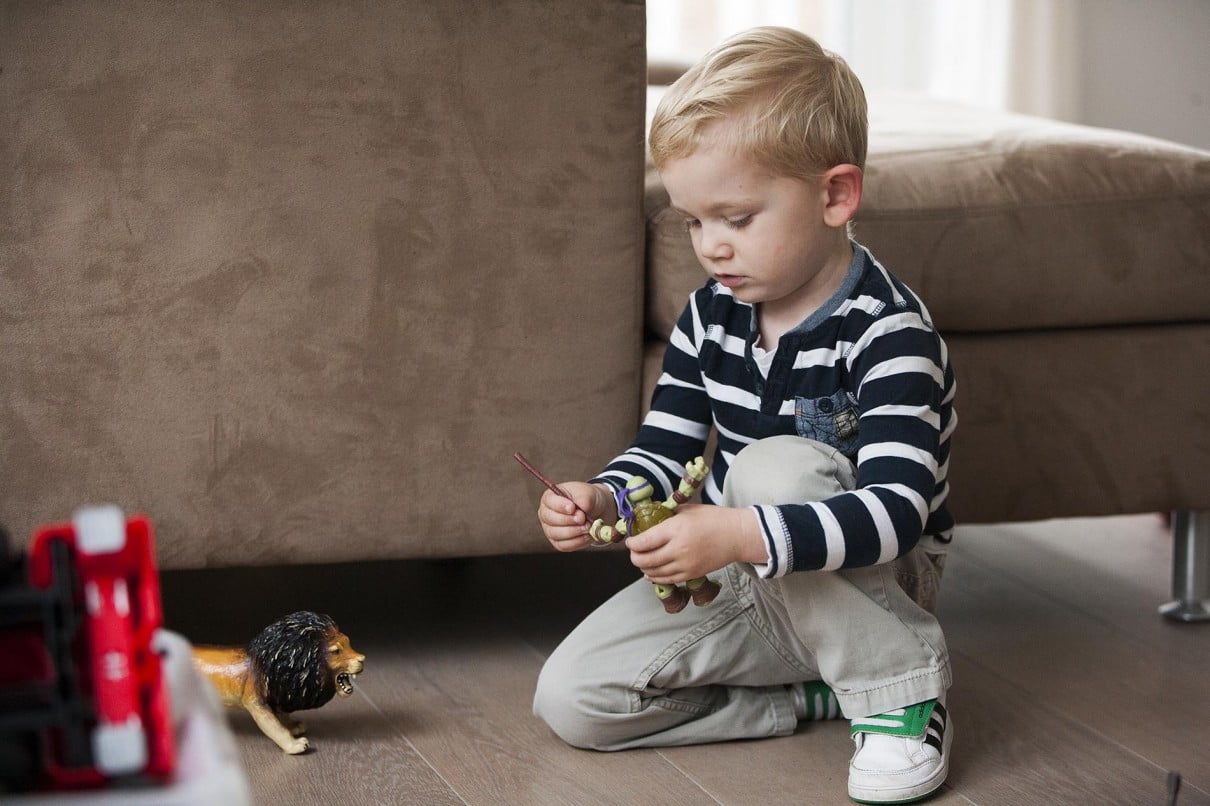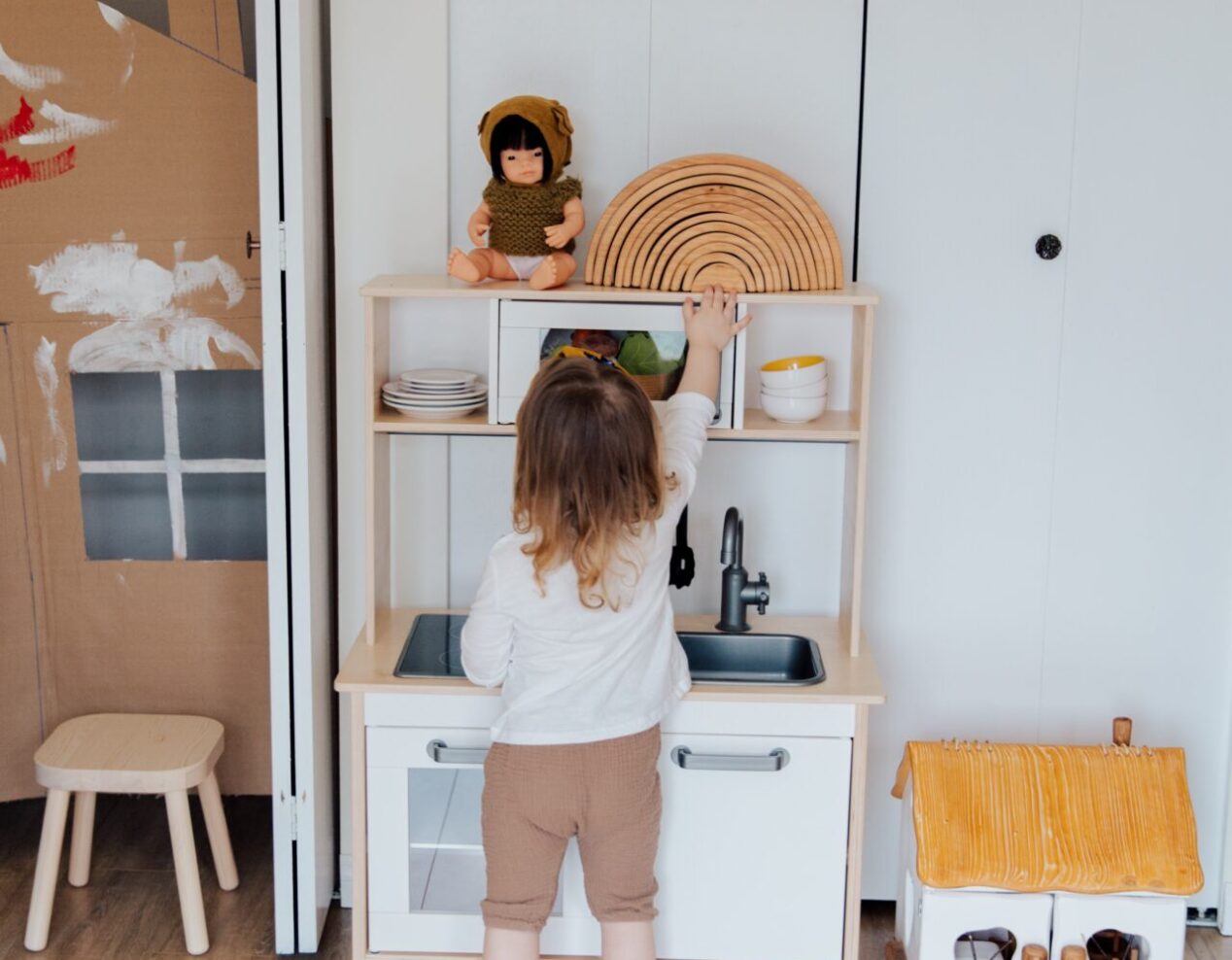Fostering Independence While Setting Limits: A Gentle Guide for Your Toddler

Creating a space for our toddlers to grow and flourish involves a careful blend of boundary setting and nurturing their burgeoning independence.
As caregivers, we aim to build a supportive atmosphere for our little ones to thrive in. Let’s delve into the gentle technique of asserting “no” with love and positivity, while honoring their developing autonomy.
Unlock the Potential of Positive Phrasing: The language we use greatly influences our toddler’s behavior. Instead of dwelling on restrictions, place emphasis on positive reinforcement. Boost their problem-solving abilities by underlining what they are capable of, rather than what they’re not. For example, replace “careful—don’t spill that!” with “Impressive! You’re doing so well holding your cup with both hands!”
Illustrate the Expected Behavior: Toddlers typically understand only snippets of our sentences, making clarity and specificity about our expectations from them crucial. Instead of relying solely on “no,” guide them towards constructive actions. Demonstrate alternate behaviors, for example, “Let’s pet the dog softly,” or “We can pile the blocks one on top of the other.”
Don’t Dilute the Impact: Frequent use of the word “no” can lead to its diminished significance over time. To stop your toddler from becoming insensitive to it, use “no” judiciously and deliberately. Save it for situations needing immediate intervention or those posing a safety threat. This ensures the potency of “no” when it’s truly important.
Provide Rationale and Reasoning: Enhance your toddler’s understanding of your perspective by offering concise explanations for your boundaries. This nurtures their cognitive growth and promotes better decision-making abilities. For instance, if they insist on wearing their shoes inside, explain, “We remove our shoes indoors to maintain the cleanliness and safety of our floors.”
Recognize Their Emotions: Affirming your toddler’s feelings conveys empathy and comprehension. Rather than rebuffing their wants with a blunt “no,” recognize their emotions and suggest alternatives. You could say, “I understand you really want that toy. Let’s include it in your wish list for a special day.”
Distract and Recast: When confronted with undesired behavior, shift their focus and propose other solutions. Promote their creativity and problem-solving skills by suggesting, “Let’s discover a fun activity to do together!” This strategy diverts their attention from the banned behavior and directs them towards positive choices.
Reserve Strong Commands for Urgencies: In critical instances where immediate response is needed, use clear and strong directives to ensure your child’s safety. Terms like “Stop!” or “Stay there!” effectively communicate the seriousness. Limit these commanding words for emergencies and situations requiring their immediate heed.
By adopting these tender strategies for setting boundaries, you nurture a loving and supportive setting for your toddler’s progression. Remember, every child is unique, and discovering the perfect equilibrium between guidance and independence takes patience. With understanding, patience, and a positive attitude, you’ll establish a harmonious environment where your little one can thrive.



